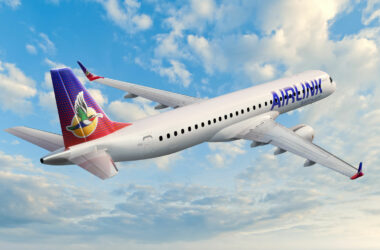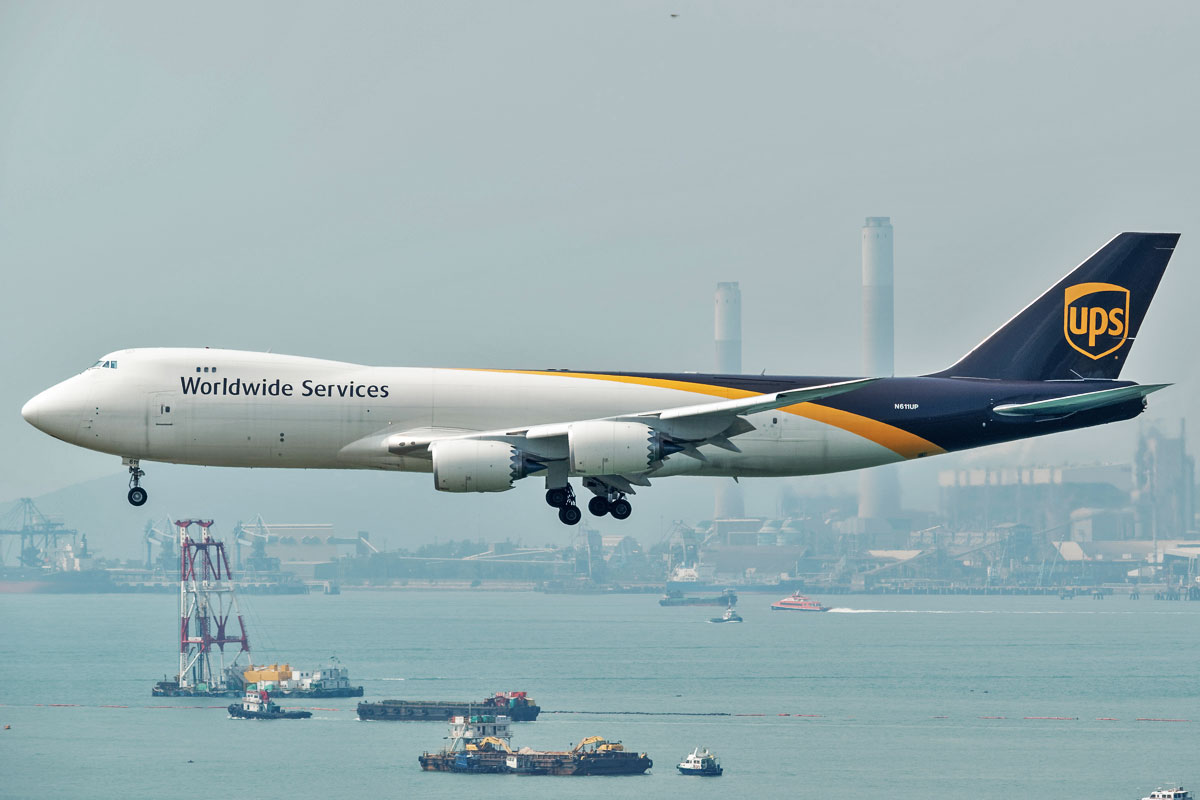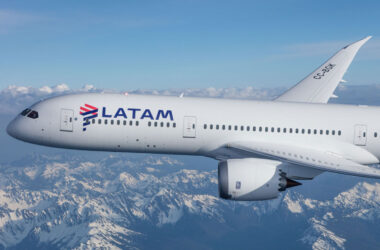The ATR 72-500 of the VoePass airline that crashed on Friday, August 9, in Brazil was the 11th fatal accident of the turboprop aircraft in 30 years, according to data from the Aviation Safety Network.
The twin-engine aircraft manufactured by the Italian-French ATR, a partnership between Airbus and Leonardo, is the most successful regional aircraft of the last decades, with more than 1,700 units manufactured.
The ATR 72 variant added greater passenger capacity than the ATR 42, launched in the early 1980s. It entered service in 1989 by the airline Finlandir and is still produced today in the ATR 72-600 series.
Follow Air Data News: WhatsApp | Google News | Instagram | LinkedIn | Twitter | Facebook

At least 1,220 of the model’s aircraft have been delivered, and it has remained the only aircraft on the market since its rival, the Dash 8, ceased production.
The first serious accident involving the turboprop occurred on October 31, 1994, involving an American Eagle ATR 72-200 operated by Simmons Airlines.
The aircraft was flying from Indianapolis to Chicago on Flight 4183 when it lost control during approach. Extremely cold weather conditions caused ice to build up on the ailerons, and the crew was unable to control the turboprop. All 68 occupants did not survive.

The ATR 72s flew for more than eight years without a serious accident until December 2002, when an ATR 72-200 freighter belonging to TransAvia Airways of Taiwan crashed into the sea near the Penghun Islands. The causes included human factors and icing conditions.
Three years later, another ATR 72-200 crashed after running out of fuel due to a refueling error.
In 2009, an ATR 72-500 overshot the runway during landing and crashed into the control tower at Koh Samui Airport in Thailand, killing one person.

Icing conditions
Over the past decade, four accidents have been marked by icing conditions in which crew errors contributed to the loss of 216 people (see table below).
Last year, however, a Yeti Airlines ATR 72-500 crashed shortly before landing after the pilots inadvertently feathered the propellers. It was the worst accident in the history of the turboprop, with 72 deaths.
The accident on August 9 is still being investigated by authorities, but videos posted on social media show that the VoePass ATR 72 entered a flat spin in which there was a total loss of control.
Although Brazil is a country with a warm climate, a cold front had arrived in the region where the accident occurred and some experts interviewed by the local press reported this situation.
| Date | Type | Operator | Location/Origin/Destination | Country | Occupants | Fatalities | Phase | Main causes |
|---|---|---|---|---|---|---|---|---|
| 31/10/1994 | ATR 72-200 | American Eagle/Simmons Airlines | Roselawn | United States | 68 | 68 | Approach to land | lost of control, icing conditions |
| 21/12/2002 | ATR 72-200 | TransAsia Airways | Penghu Islands | Taiwan | 2 | 2 | En route | icing conditions, human factor |
| 06/08/2005 | ATR 72-200 | Tuninter | Palermo | Italy | 39 | 16 | En route | incorrect fuel replacement, run out of fuel |
| 04/08/2009 | ATR 72-500 | Bangkok Airlines | Koh Samui Airport | Thailand | 72 | 1 | Landing | skidded off the runway |
| 04/11/2010 | ATR 72-200 | Aerocaribbean | Guasimal | Cuba | 68 | 68 | En route | icing conditions, human factor |
| 02/04/2012 | ATR 72-200 | Utair Aviation | Tyumen Airport | Russia | 43 | 33 | Initial climb | icing conditions, human factor |
| 16/10/2013 | ATR 72-600 | Lao Airlines | Pakse Airport | Laos | 49 | 49 | Approach to land | bad weather, human factor |
| 04/02/2015 | ATR 72-600 | TransAsia Airways | Taipei-Songshan Airport | Taiwan | 58 | 43 | After take-off | left engine stop, human factor |
| 18/02/2018 | ATR 72-200 | Iran Aseman Airlines | Yasuj Airport | Iran | 66 | 66 | En route | human factor, icing conditions |
| 15/01/2023 | ATR 72-500 | Yeti Airlines | Pokhara Airport | Nepal | 72 | 72 | Approach to land | propellers in feathered position, human factor |






